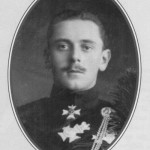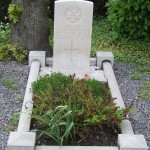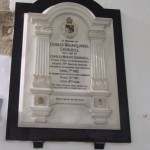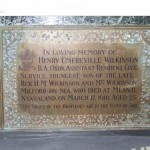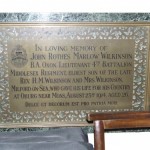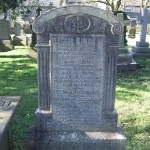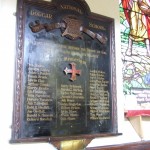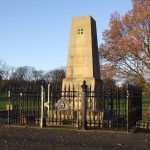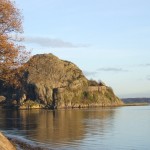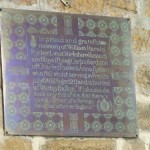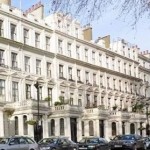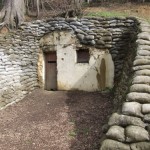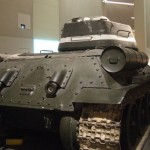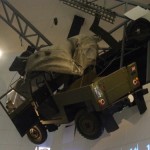On a recent visit to Belgium I was able to visit the grave of Prince Maurice and as a result of that can now add more information to my previous blog.
While reading my newest purchase – yes it has either family history or military connections I came across an entry for the following and found it quite interesting as years ago I transcribed Eton College War Memorials for no other reason than something to research and with a couple of family members who were KIA – I was hooked and as my family and friends know I can now spot a war memorial at a great distance !
So, who caught my interest this time?
Prince Maurice Victor Donald of Battenberg, was the son of Princess Beatrice and cousin to the Tsar and Kaiser.
Maurice was born in October of 1891 at Balmoral and was the first prince to be born in Scotland for nearly 300 years.
He served as a professional soldier in the KRRC – into which he was commissioned in 1910 and moved with his battalion France in August of 1914. A few short months later there were only 10 of the original officers left. On the 13th of October Prince Maurice was Mentioned in Despatches. The battalion moved to near Zonnebeke and on the 27th of October, while leading his men forward he was killed by a shell burst. During this time, his cousin, Prince Arthur of Connaught, was an ADC to Sir John French and he made every effort to attend his cousin at the dressing station – but was too late. Kitchener suggested that he be brought ‘home’ but his family, mainly his mother, decided he should rest with his friends and his men and to this end Prince Arthur made the arrangements.
The family had a memorial service in the Chapel Royal attended by King Geore V and Queen Mary along with other members of the family, the Prime Minister and Lord Kitchener. The Prince of Wales is reported to have said that he had found the names of many of his friends and fellow officers on casualty lists, including his cousin Prince Maurice, his equerry, Major Cadogan and two of his father’s equerries. He is also reported to have said that he should not have a friend left soon.
The Prince’s elder brothers also fought in the war – Prince Alexander was invalided home with an injured knee and Prince Leopold, a platoon leader in the Grenadier Guards was hospitalised with a chill and he was sent home – according to some, this was not a bad thing.
Prince Maurice Victor Donald of Battenberg rests along with many others in Ypres Town CWGC Cemetery & Extension. The cemetery has two sections – one is CWGC only, walk up the steps at the far right and you enter the town cemetery with a small CWGC section to the left of the path. But, as you reach the top of the small run of steps don’t focus on the commonly recognised CWGC headstones, take a look to your left and you will see a lone headstone, with the plot marked out by kerbstones. Here rests Prince Maurice
To visit the Commonwealth War Graves Commission website click here
To visit Major and Mrs Holt’s Battlefield click here
To purchase any of Major and Mrs Holt’s Battlefield Guides visit Pen & Sword click here
